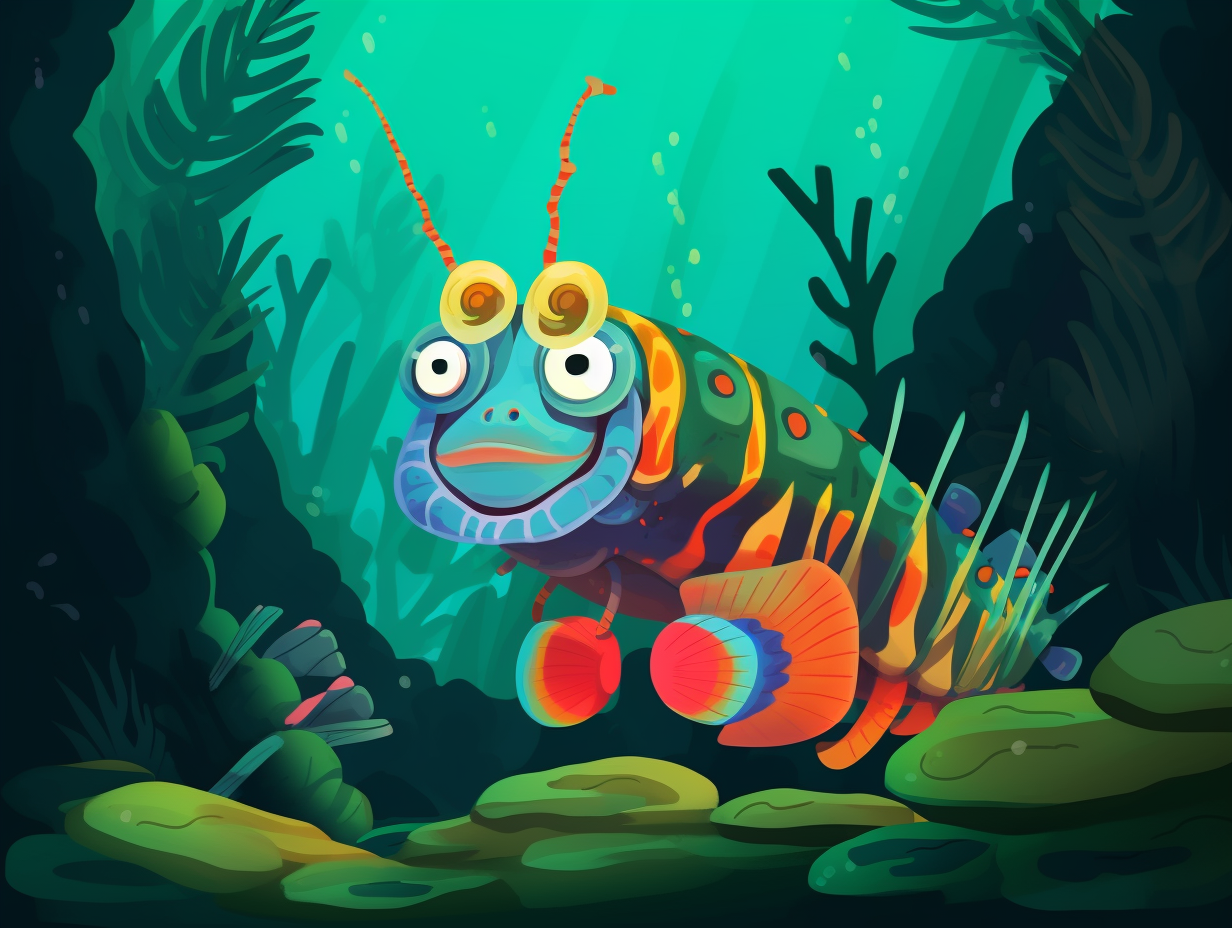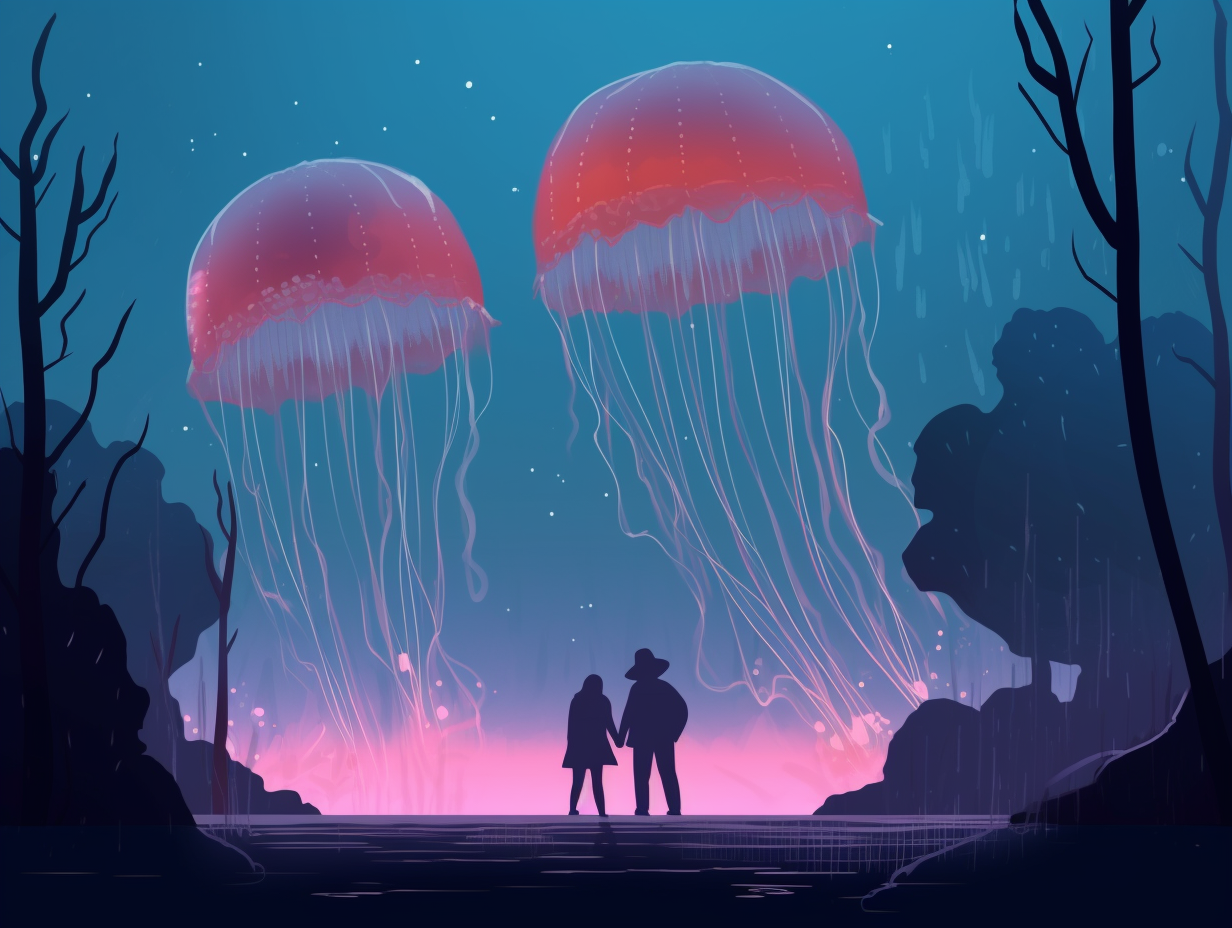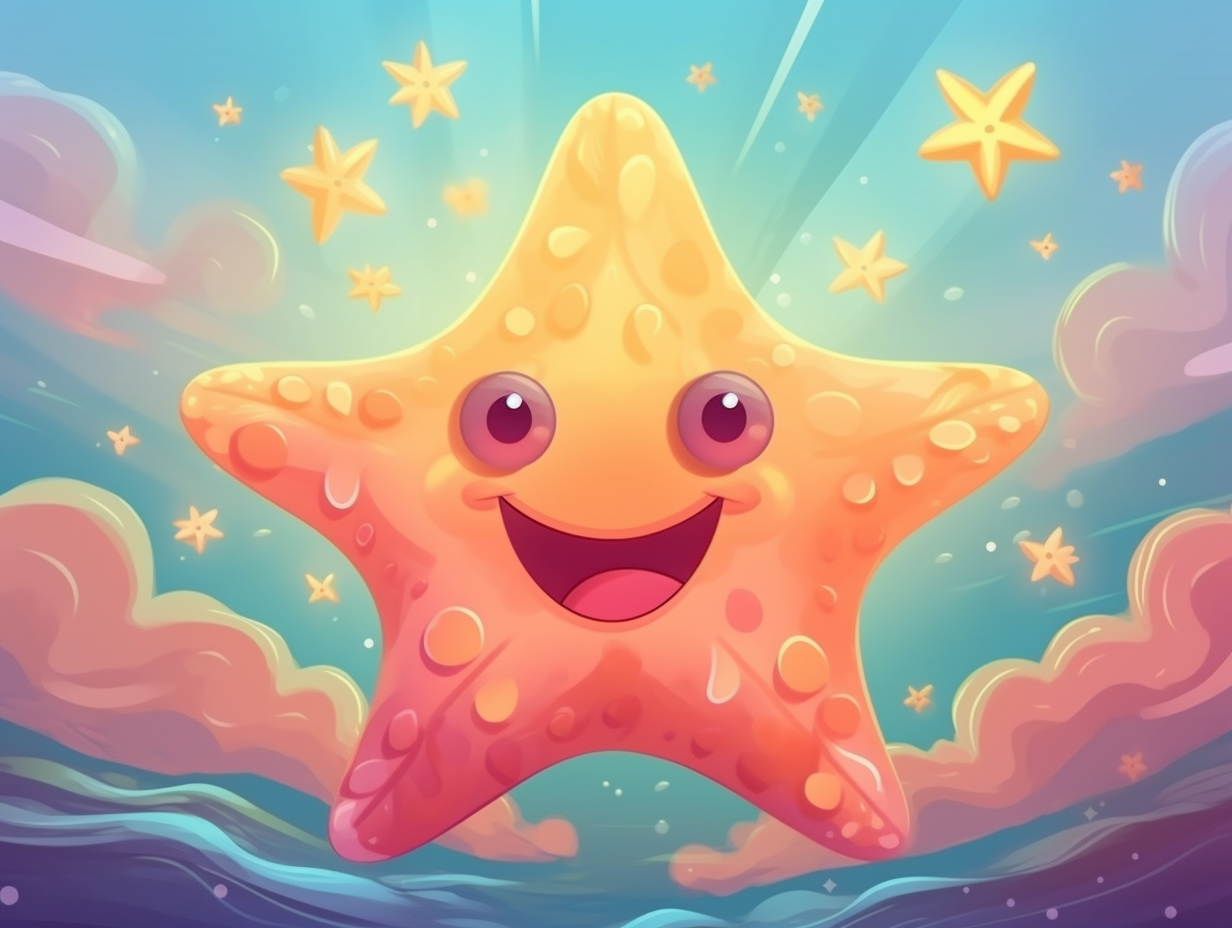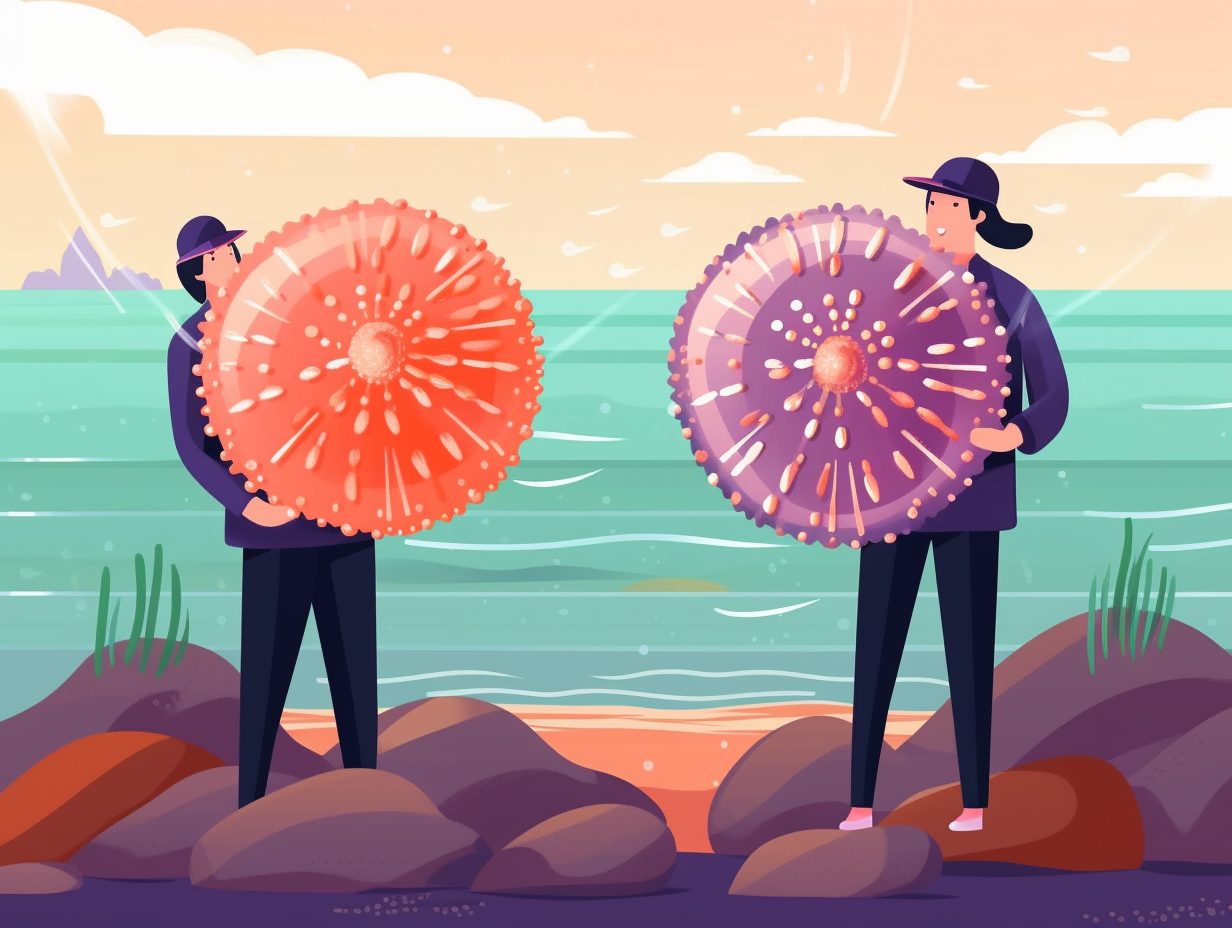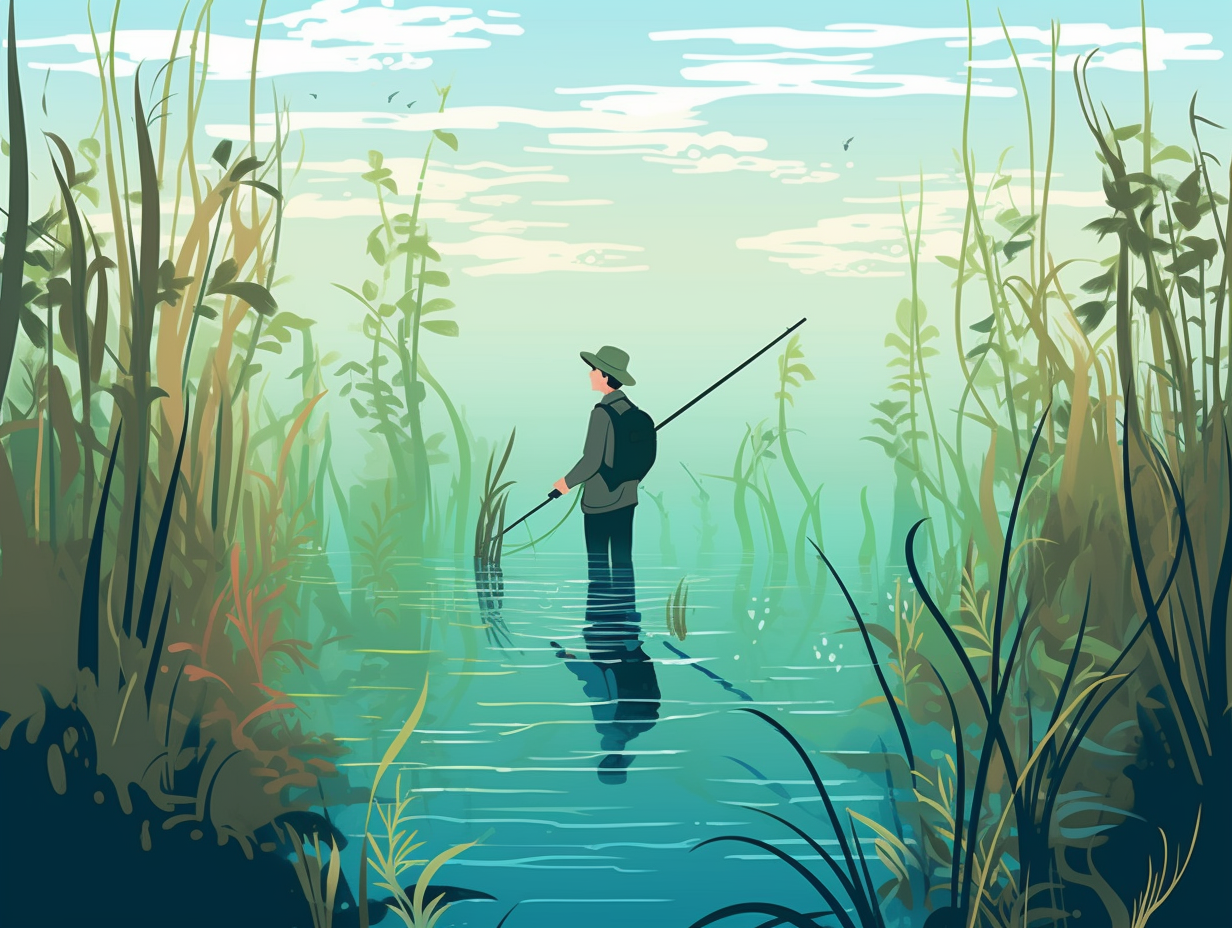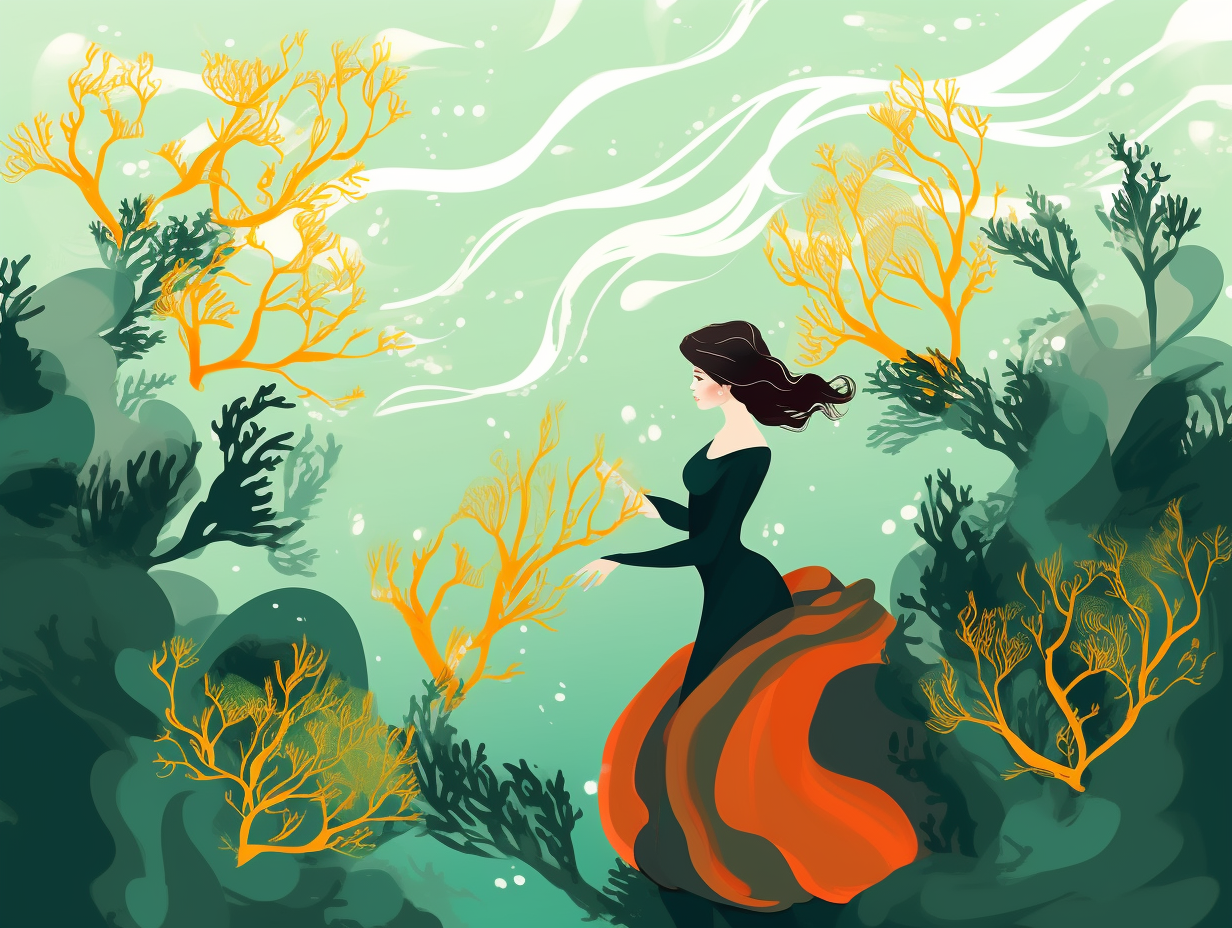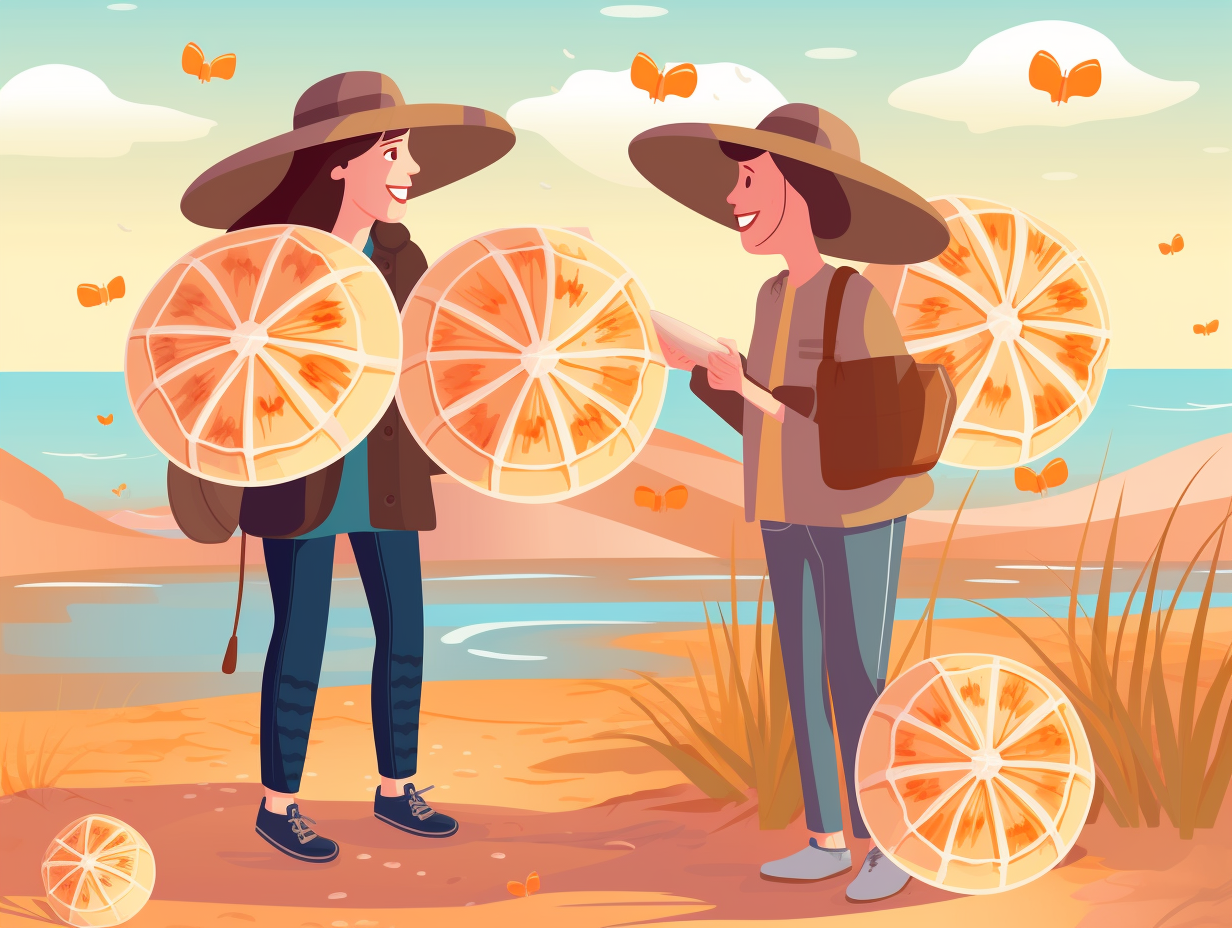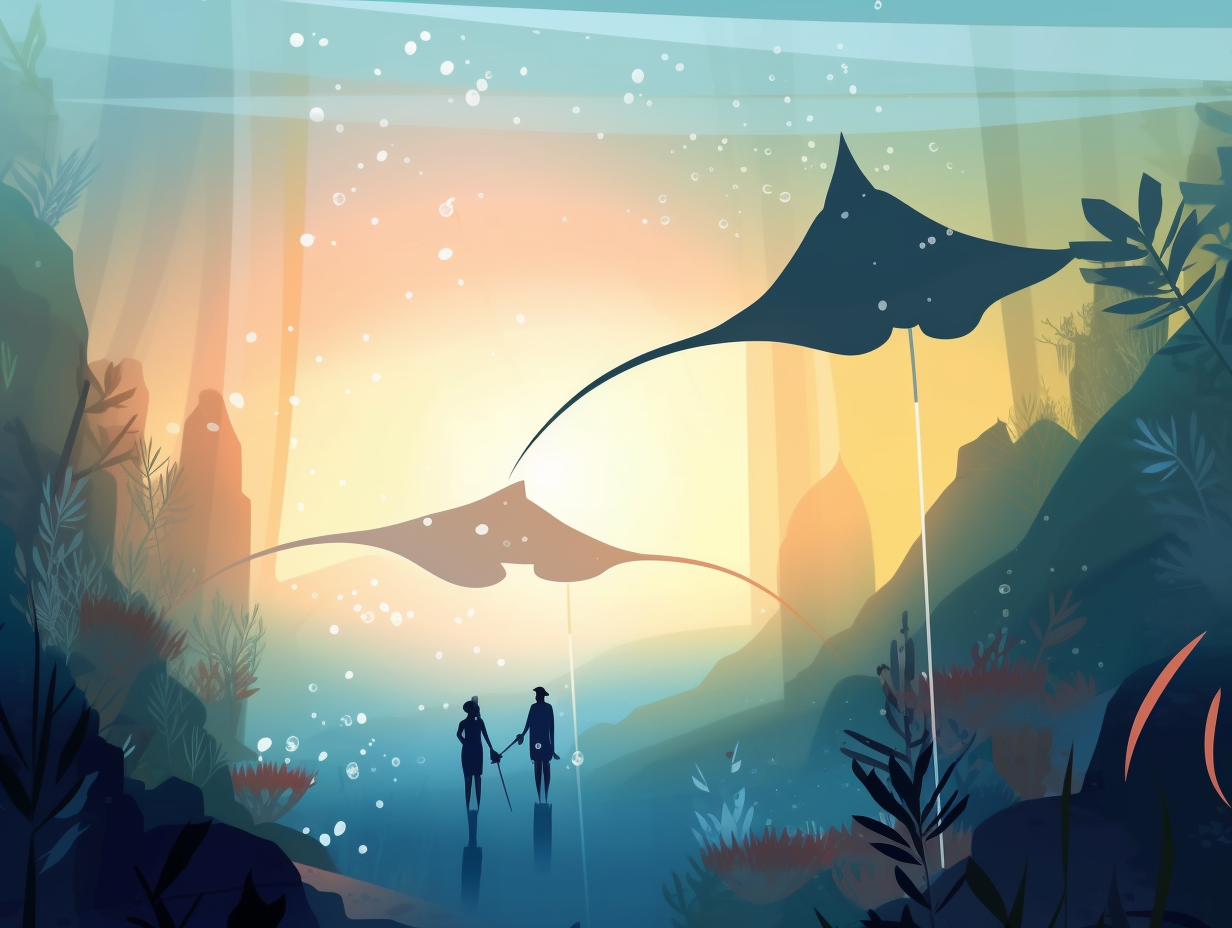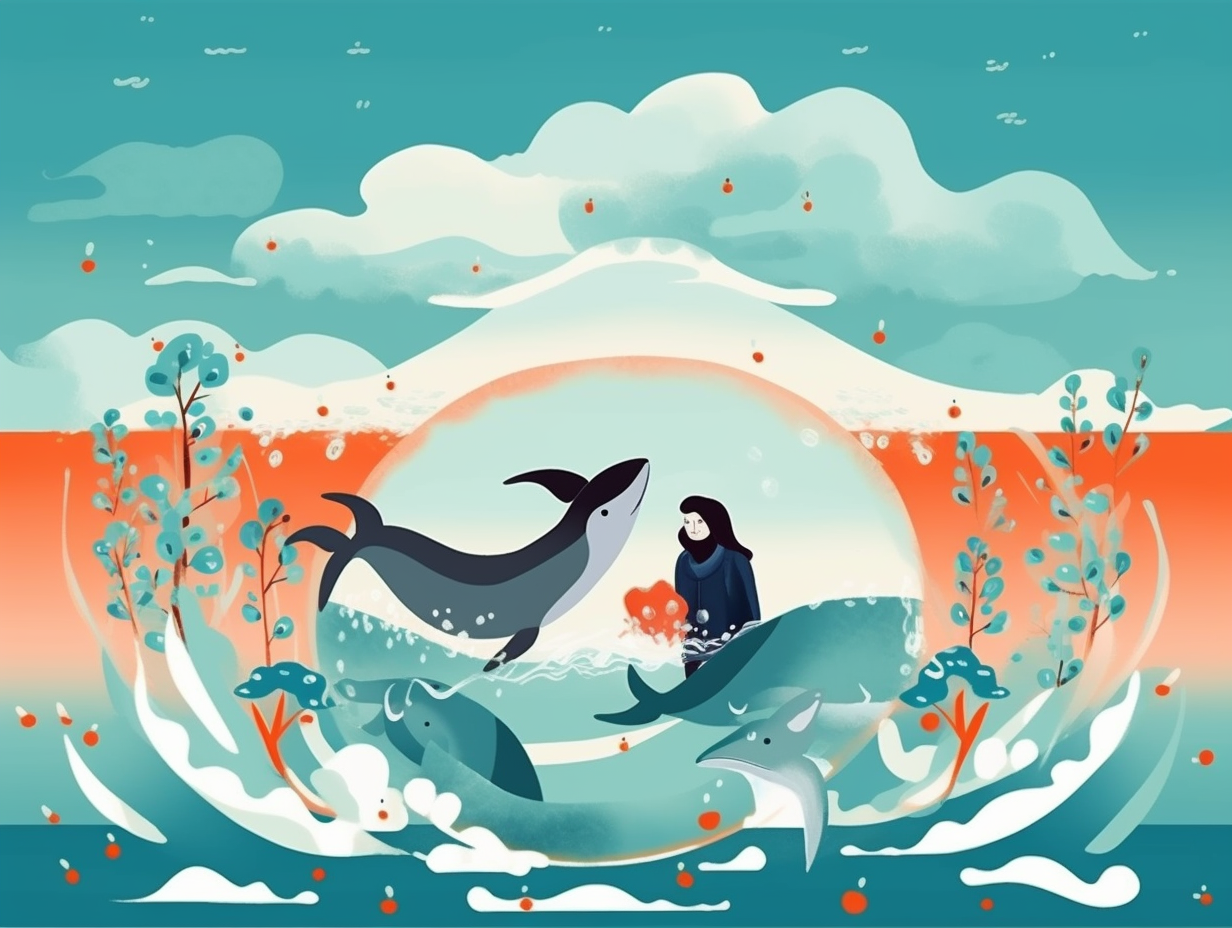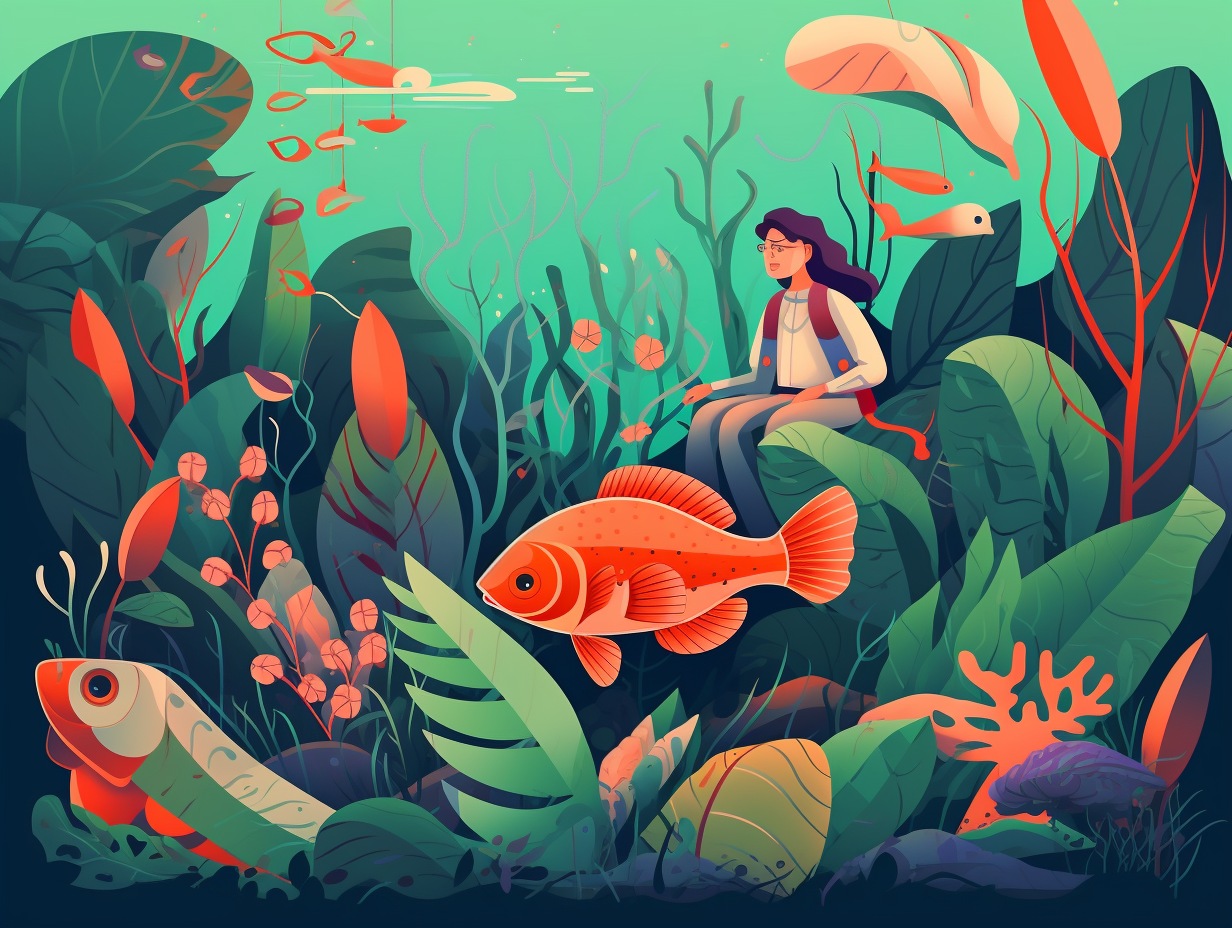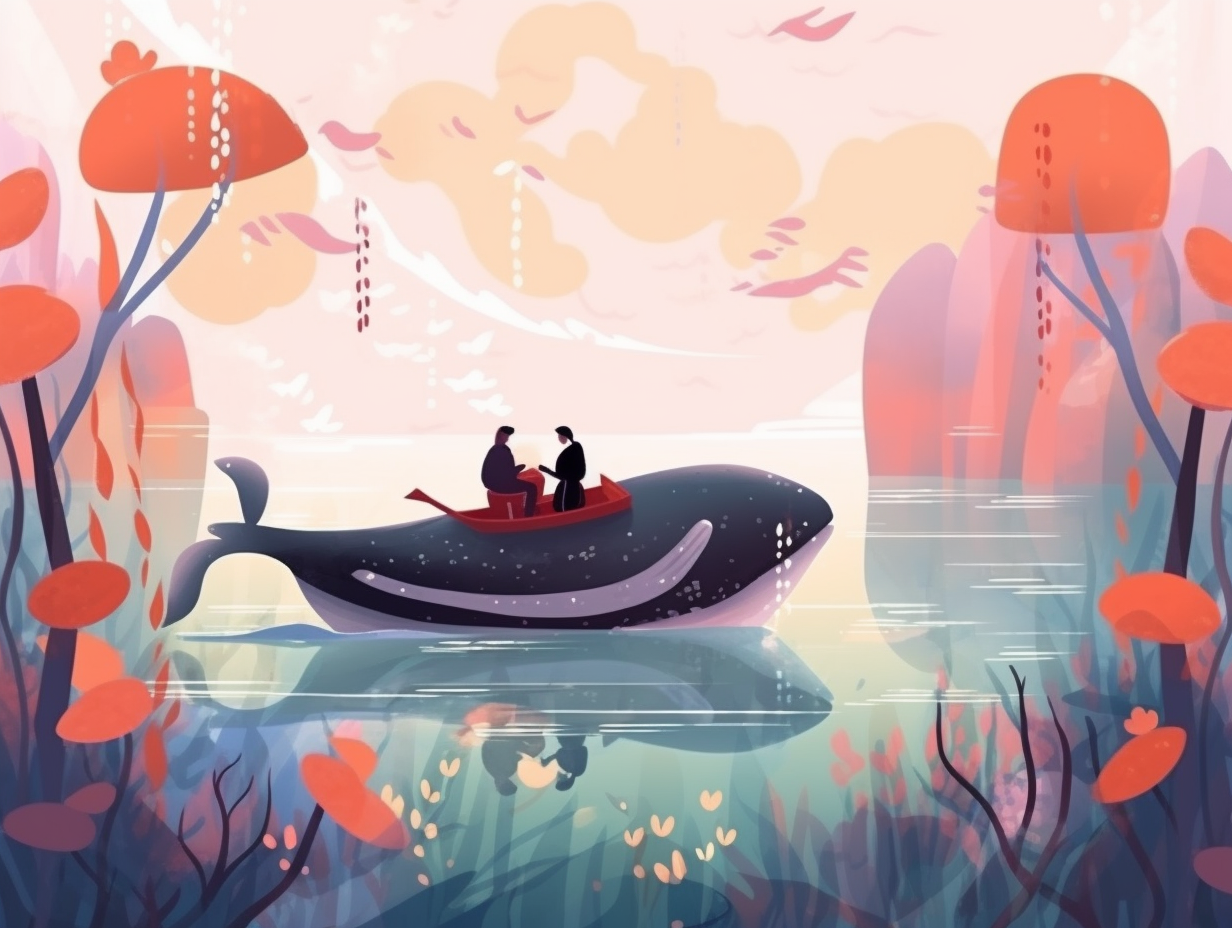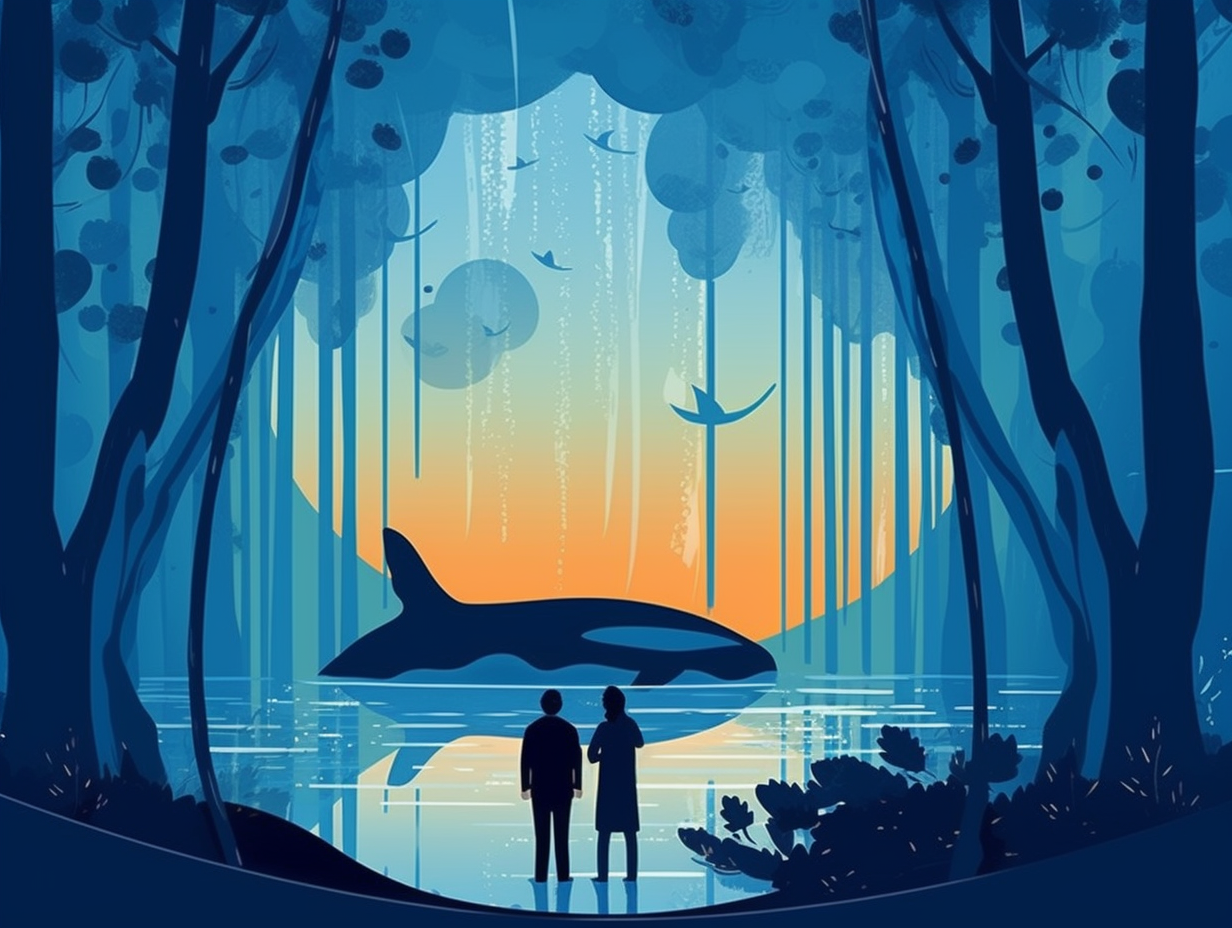Discover the Quirky World of Hermit Crabs: Top 8 Fun Facts You Need to Know!
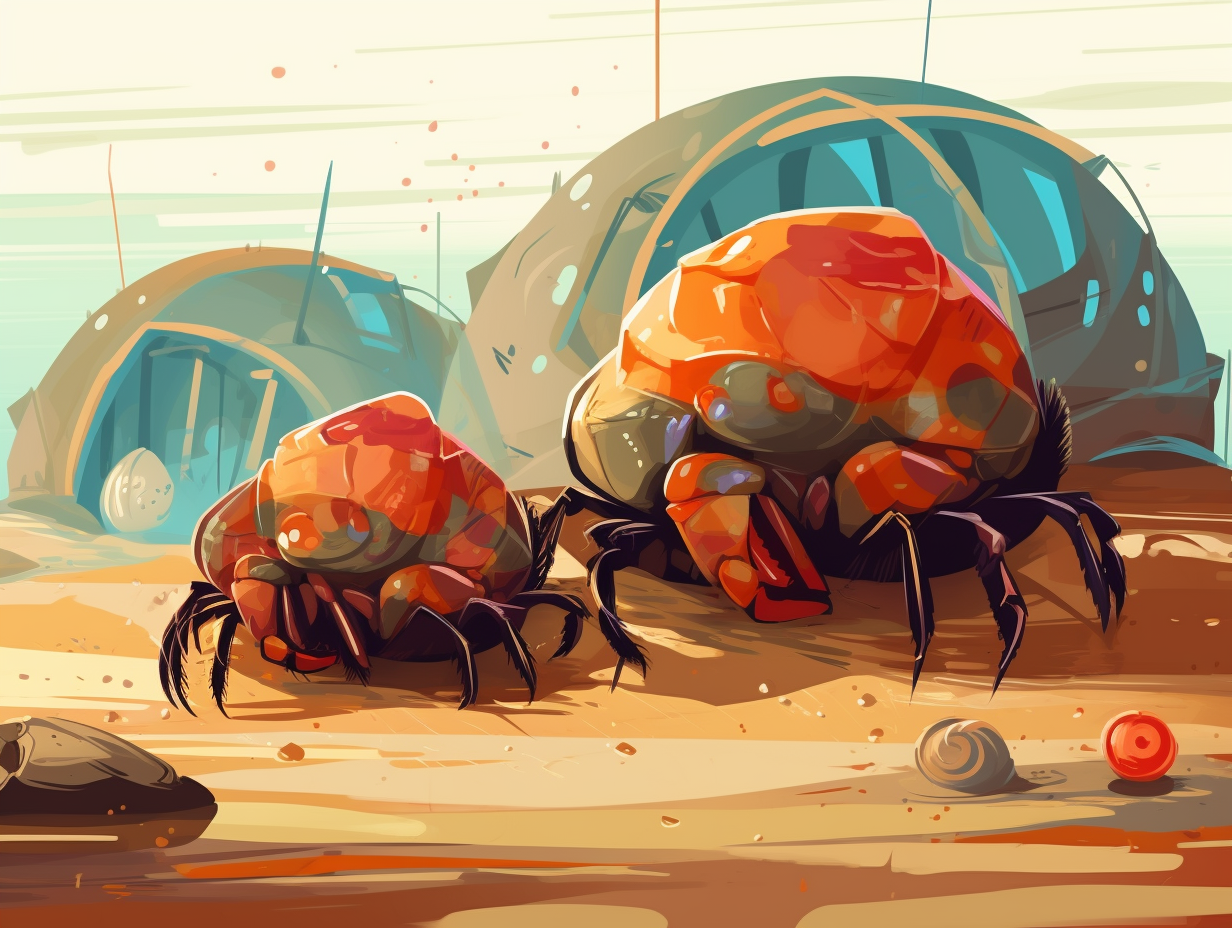
1. The Marine Aristocracy
Imagine a crustacean comedy club brimming with hermit crabs cracking each other up as they elbow, er, claw their way to the punchline of a chirpy shell-lebrity roast: Hermit crabs are surprisingly social creatures that gather in groups of up to hundreds, communicating through charming chirps while forming a complex social hierarchy based on shell size and quality – their very own Marine Aristocracy, if you will.
Source => kottke.org
2. Chirpy Chatterboxes
When hermit crabs aren’t throwing their own little underwater raves, they're actually quite the chatterboxes: these social crustaceans communicate with each other through sounds produced by rubbing their body parts together, possibly to establish dominance, signal mating readiness, or warn of danger.
Source => pethelpful.com
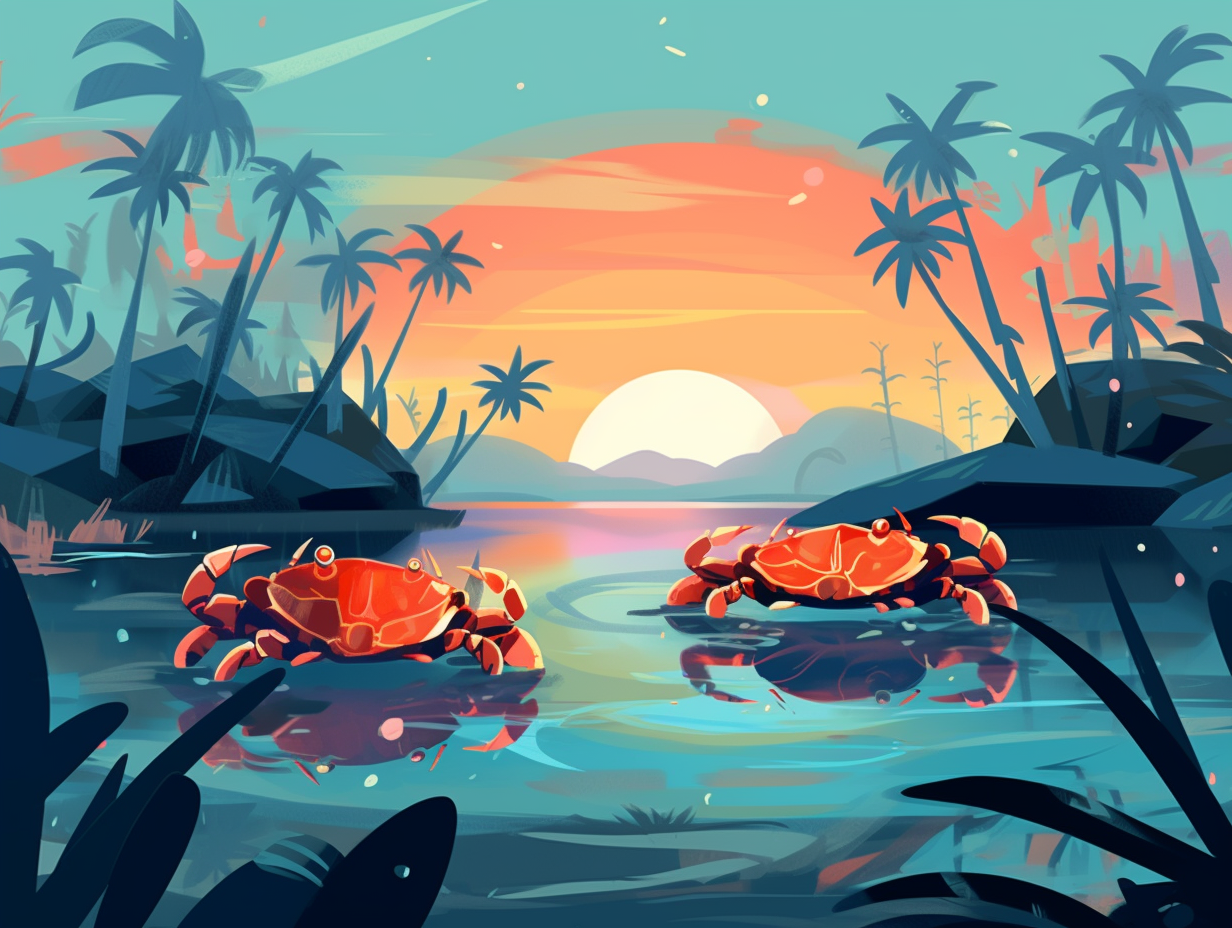
Did you know that crabs are masters of undressing and redressing? Discover their intricate four-stage molting cycle and how it's essential for their growth and survival! 🦀✨
=> Fun Facts about Crabs
3. Undersea MTV Cribs
Ladies and gentlemen, welcome to the real-life, undersea edition of MTV's "Cribs": Hermit crabs are our hosts and they always upsize in style! When these walking shell complexes overgrow their fab pads, they embark on the most cooperative shell-swapping party imaginable: In a neat, orderly fashion called vacancy chains, the largest crab in the squad switches to a bigger shell and leaves its old housing for the next crab in line—a process that continues until each fashionable crustacean has leveled up their home sweet home.
Source => discovermagazine.com
4. Shell Swap Soirées
You might have heard of clothing swap parties, but hermit crabs take it to the next level with their very own "shell swap" soirées – talk about the ultimate hermit-based version of "Trading Spaces"! Quite the crustacean connoisseurs: hermit crabs frequently change shells to find the best fit for protection and growth, sometimes even gathering together to exchange shells in a beachy bonanza essential for their survival and well-being.
Source => hermitcrabpatch.com
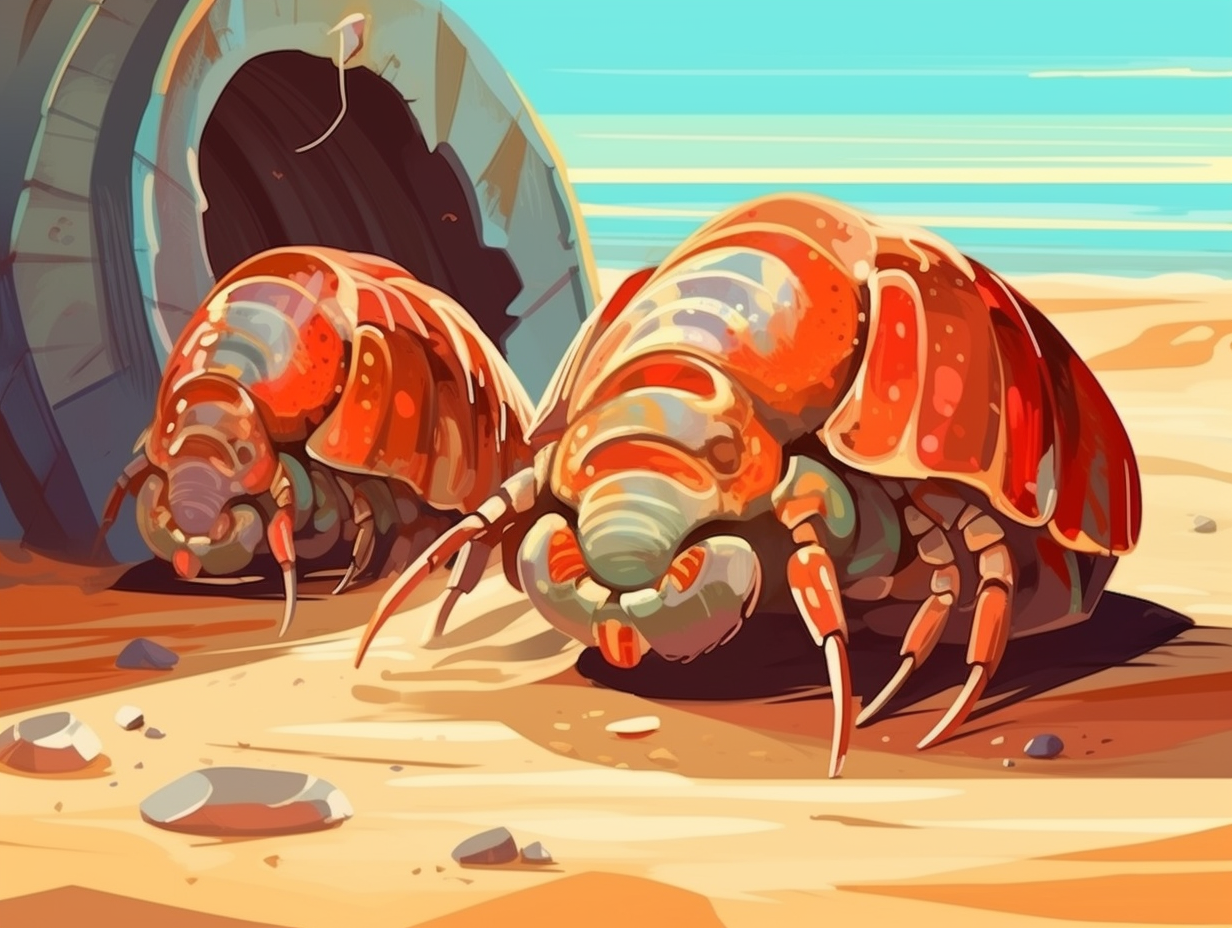
5. Crustacean Conga Line
Step aside, musical chairs: hermit crabs have got their own zany shell-swapping, crustacean conga line going on! The hilarious hustle: These tenacious critters engage in synchronous and asynchronous vacancy chains when switching homes, lining up in size order in synchronous chains, or playing solo in asynchronous chains to find their perfect new shell while avoiding predators and having some crabby camaraderie.
Source => academic.oup.com
6. Roommates with Benefits
Talk about roommates with benefits: Hermit crabs and sea anemones are the original dynamic duo, working together in perfect harmony to protect and feed each other. These quirky crustaceans will even carry their anemone BFFs along when they upgrade to a new shell! The serious reveal: Hermit crabs use the stinging cells of sea anemones for protection and food while offering them a ride, safety from predators, and access to new grub; some species, such as those partnered with Stylobates sp. anemones, even receive a special, mysterious protective "shell" called a carcinoecium that grows along with them.
Source => bioone.org
7. Shell Wrestling Championship
Hermit crabs may seem like introverted, antisocial crustaceans, but they have a flair for competitive shell wrestling too: when one crab tries to pull another out of its shell to claim it as their own, it's called shell-based aggression, a risky hobby that necessitates proper tank management and ample shell options for all participants.
Source => crabstreetjournal.org
8. Crustacean Identity Crisis
Crustacean identity crisis alert: It turns out that hermit crabs are just masquerading as their hard-shell cousins, playing an elaborate game of "hide-and-steal" by donning second-hand shells and flaunting soft tails instead of the swanky hard exoskeletons sported by true crabs. Serious reveal: Hermit crabs differentiate themselves from other crabs by having a hard exoskeleton only on the front of their bodies, a soft tail, and relying on finding and occupying discarded shells from other animals for protection.
Source => nationalgeographic.com
Related Fun Facts



